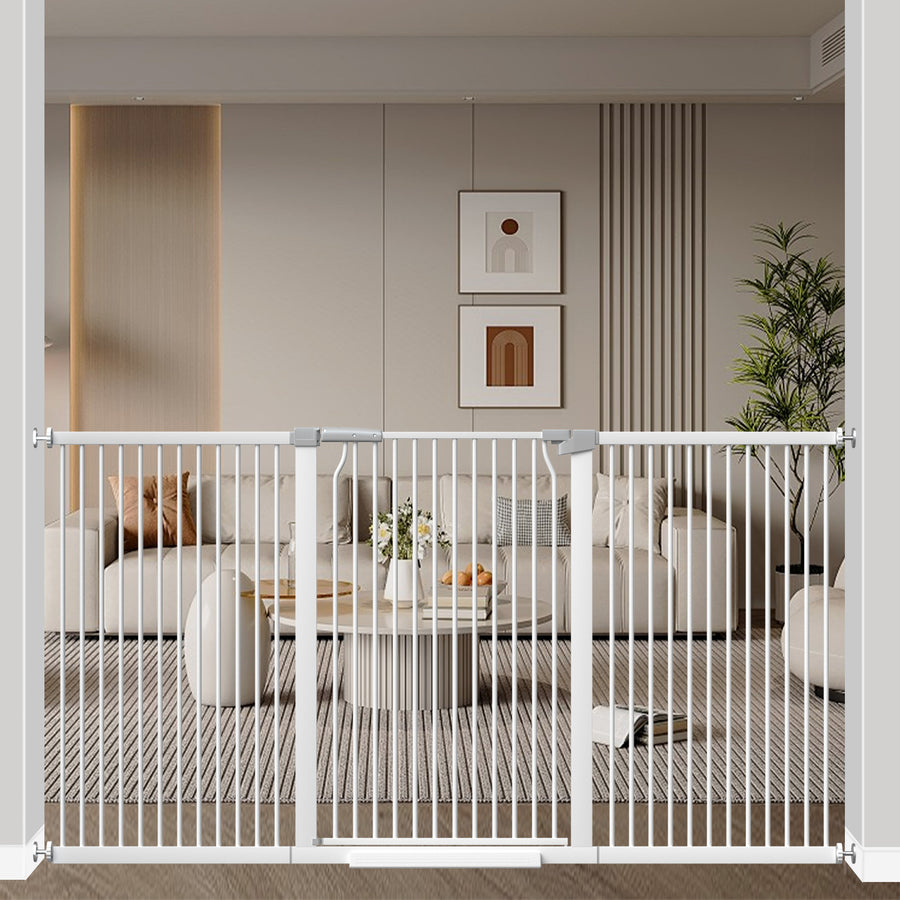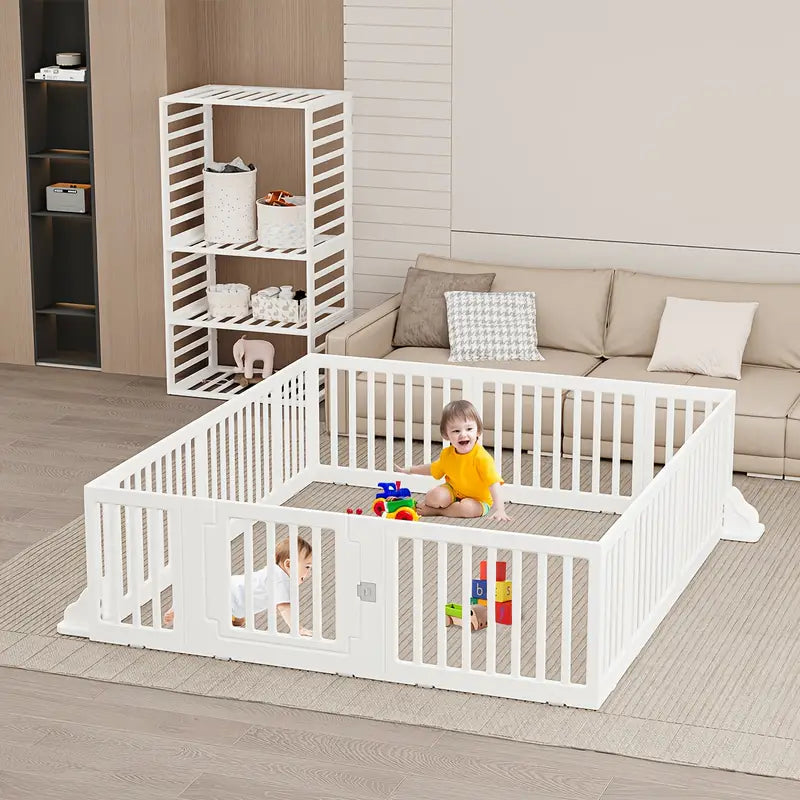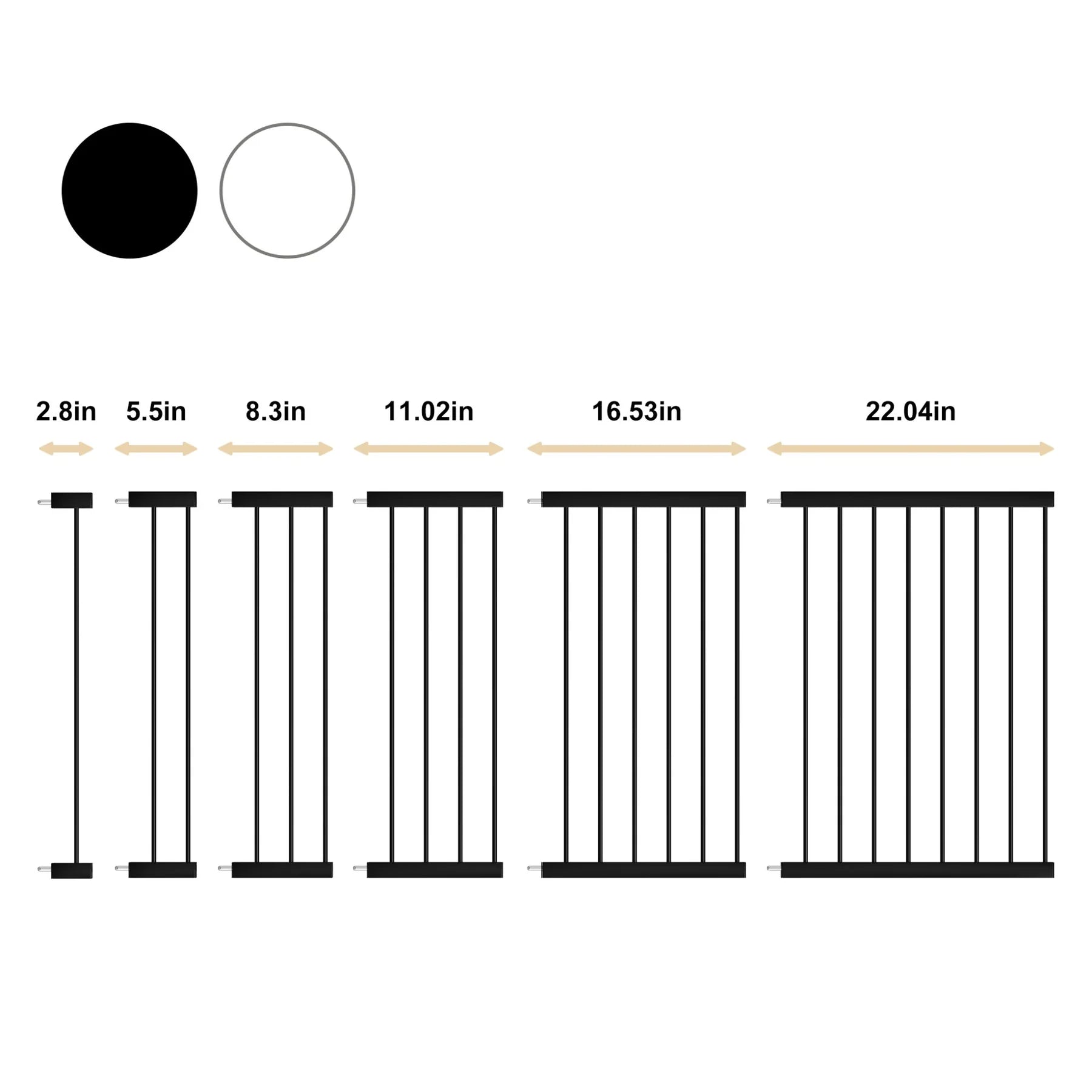Effective Tricks for Keeping Cats off Countertops
Cats are famous for their curiosity and knack for exploring every possible space, especially high-up places like kitchen counters.
If you're a cat owner whose furry friend loves to hop onto counters, rest assured you're not alone. Many cat owners face this quirky habit. However, for their safety, it's wise to steer them away from kitchen counters where they could encounter hot surfaces and human foods.
In the following discussion, we'll dive into why cats are drawn to kitchen counters and offer tips for cat owners to gently discourage this behavior.
Understanding the Behavior
Cats are drawn to kitchen countertops for several reasons, each linked to their instincts and environment.
Firstly, their love for high places is an ancestral trait. Samantha Bell from Best Friends Animal Society explains that high perches allow cats to survey their territory, mimicking their wild ancestors' behavior to stay safe from predators. Even domestic cats retain this instinct, finding comfort and security in elevated spots.
The sturdiness of countertops also appeals to cats. They're excellent jumpers and prefer landing on solid, reliable surfaces. Once they discover the stability of a counter, they're likely to return there frequently.
Then there's the allure of food. Stephen Quandt, a cat behavior specialist, humorously suggests that cats might view countertops as a grocery store due to the enticing smells and access to both their food and ours. This association with food, especially if they've previously found treats there, reinforces their desire to jump onto counters.
Another attraction is the proximity to running water. Cats are fascinated by running water, and being near a kitchen sink fulfills this interest, whether it's a dripping tap or the prospect of someone turning on the faucet.
Understanding these motivations can help cat owners find effective strategies to keep their feline friends off the counters without causing stress or behavioral issues. It's essential to provide appealing alternatives that align with their instincts, like a high stool or a cat tree in another room, and use positive reinforcement to encourage their use. This approach respects the cat's needs while maintaining kitchen hygiene and safety.
Expert Insights
To discourage cats from jumping on kitchen counters, it's essential to avoid punishment, as it can harm your relationship with your cat. They might associate the scolding with your presence, rather than the act of being on the counters.
Stephen Quandt, a cat behavior expert, suggests using passive, environmental deterrents. These methods are gentle and won't frighten or harm your cat, but they will make the experience of being on the counter less appealing. Examples include placing cookie trays filled with water, aluminum foil, or double-sided tape along the counter edges. These are forms of 'remote correction' that subtly discourage the behavior without directly involving you, thus preventing your cat from associating the deterrent with your presence. By using these techniques, you can effectively keep your cat off the counters while maintaining a positive and trusting relationship.
Cats are naturally attracted to interesting smells, and their keen sense of smell can lead them straight to any food left on countertops. To prevent this, it's wise to avoid leaving food out in the open.
Stephen suggests that changing where you prepare your cat's meals can also be beneficial. For cats who can't resist climbing onto the counter at the sound of food can opening, establishing a designated 'food area' in another part of your home can be helpful. This strategy teaches your cat to associate mealtime with a different location, reducing their temptation to explore the kitchen counters. By removing these temptations, you can more effectively manage your cat's countertop adventures, leading to a cleaner and safer kitchen environment for both you and your feline friend.
Alternatives and Solutions
If your cat is drawn to the kitchen counter because it is fascinated with running water, offering them a water dish with a fountain feature can be an effective solution. These water fountains keep water continuously flowing, which is highly appealing to many cats. There are various designs available, such as ones featuring playful elements like a daisy on top, or more sleek and streamlined options. By providing a dedicated water fountain for your cat, you can satisfy their curiosity for running water while keeping them off the kitchen counters. This not only diverts their attention away from the sink but also encourages healthy hydration habits. However, another effective tip is to set a cat gat. This is a simple and safe method to use as you can keep it in his room for good without hurting their feelings! You can try Fairybaby's cat gate. Endurable yet beautiful!
Addressing Specific Attractions
To divert your cat's attention from the kitchen counters, where they often seek mental stimulation, consider introducing puzzle feeders. These feeders replicate the intrigue of hunting for food, satisfying your cat's natural curiosity and desire to explore. Stephen suggests placing a puzzle feeder in the kitchen and filling it with their daily treat allowance.
Training Techniques
Feeder devices that challenge your cat to work for their treats. For a more personalized approach, you can create your own DIY food games. This could involve hiding treats near their favorite spots like a cat tree, scratcher, or by the windowsills. By engaging your cat's mind with these activities, you not only keep them entertained but also redirect their focus away from the countertops, fostering both mental and physical well-being.
Clicker training is an effective method to discourage cats from jumping onto counters. This technique involves teaching your cat to associate the sound of a clicker with a reward. As explained by Stephen, when your cat jumps onto the counter, place a treat on their cat tower, the ground, or their bed, and use the clicker once they jump off.
With consistent practice, your cat will learn to associate the clicking sound with the action of leaving the countertop, even without a treat as an incentive. This allows you to use the clicker to effectively guide them off the counters when you're present.
Conclusion
Remember, changing this behavior in your cat may take time, so patience is key. Training your cat not only helps in curbing unwanted behaviors but also provides mental stimulation and strengthens your bond with them. This approach is not just limited to counter-jumping but can also be applied to other aspects of training, like preventing furniture scratching and enhancing the overall quality of life for indoor cats.






Leave a comment